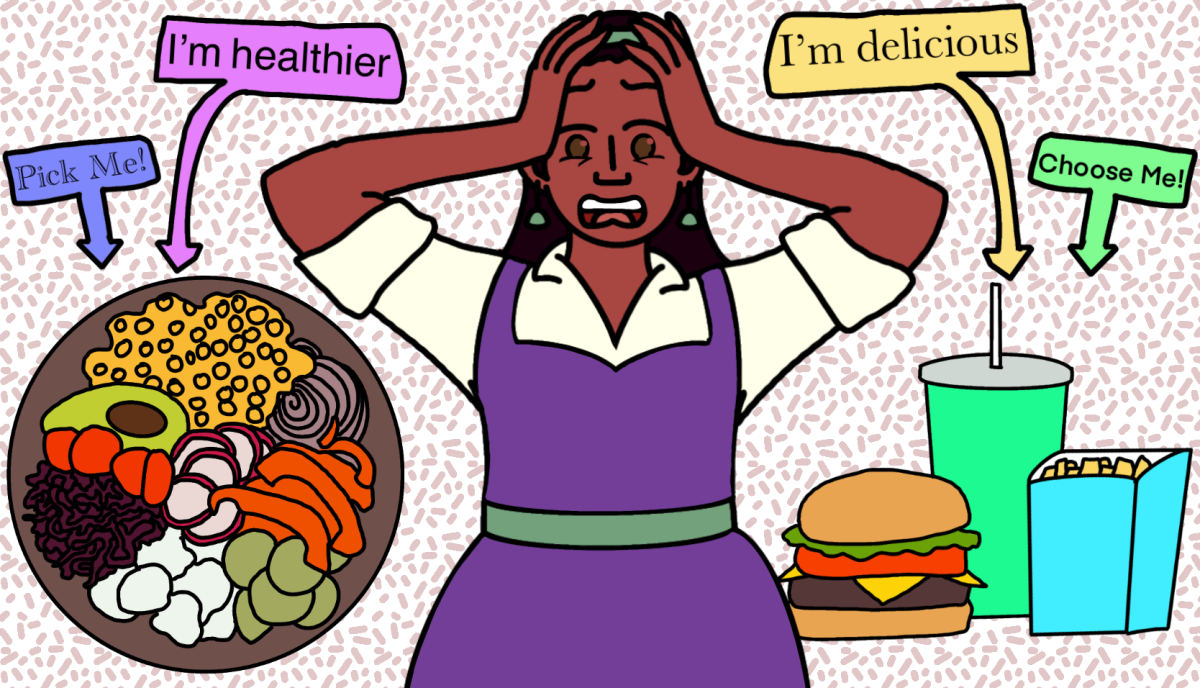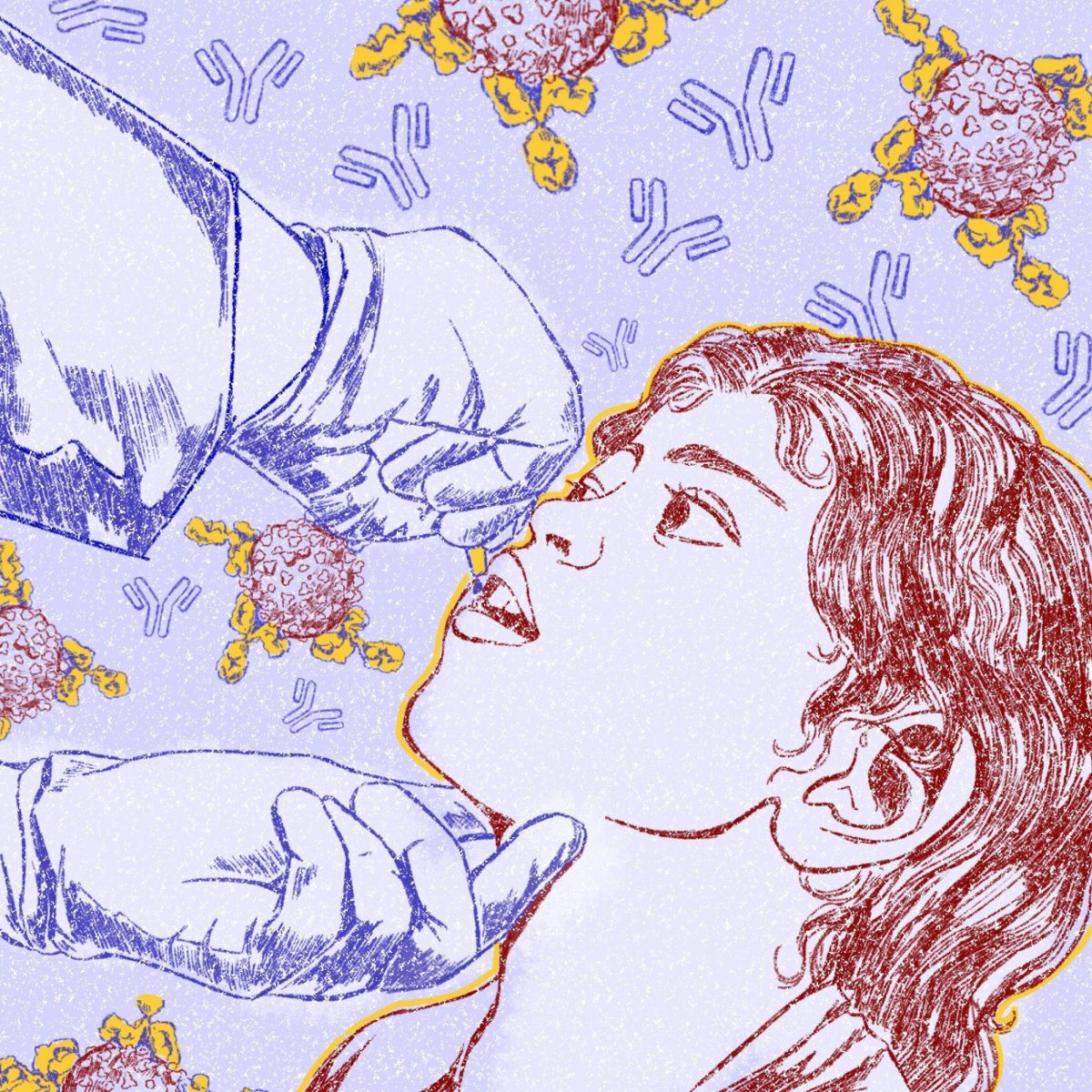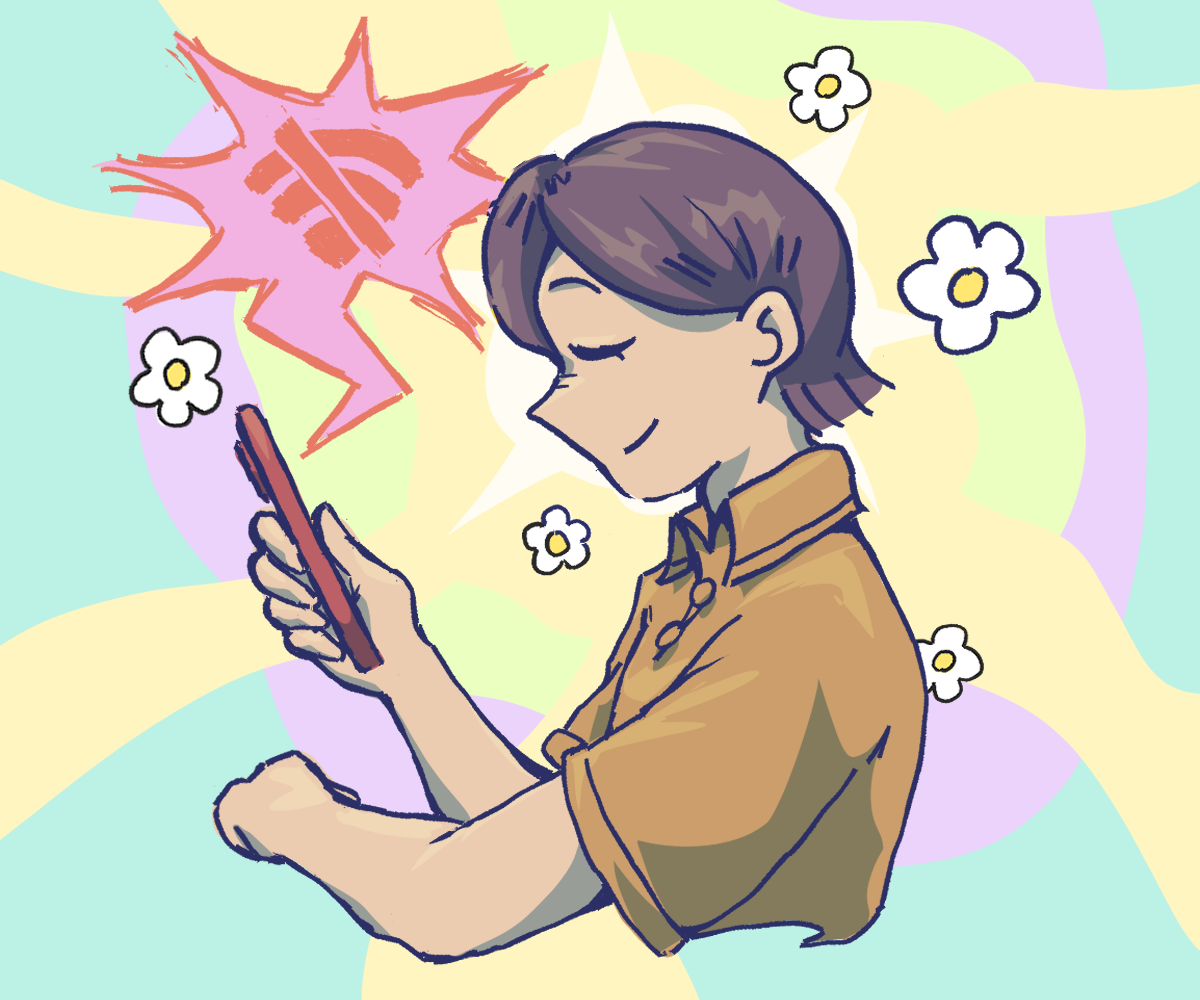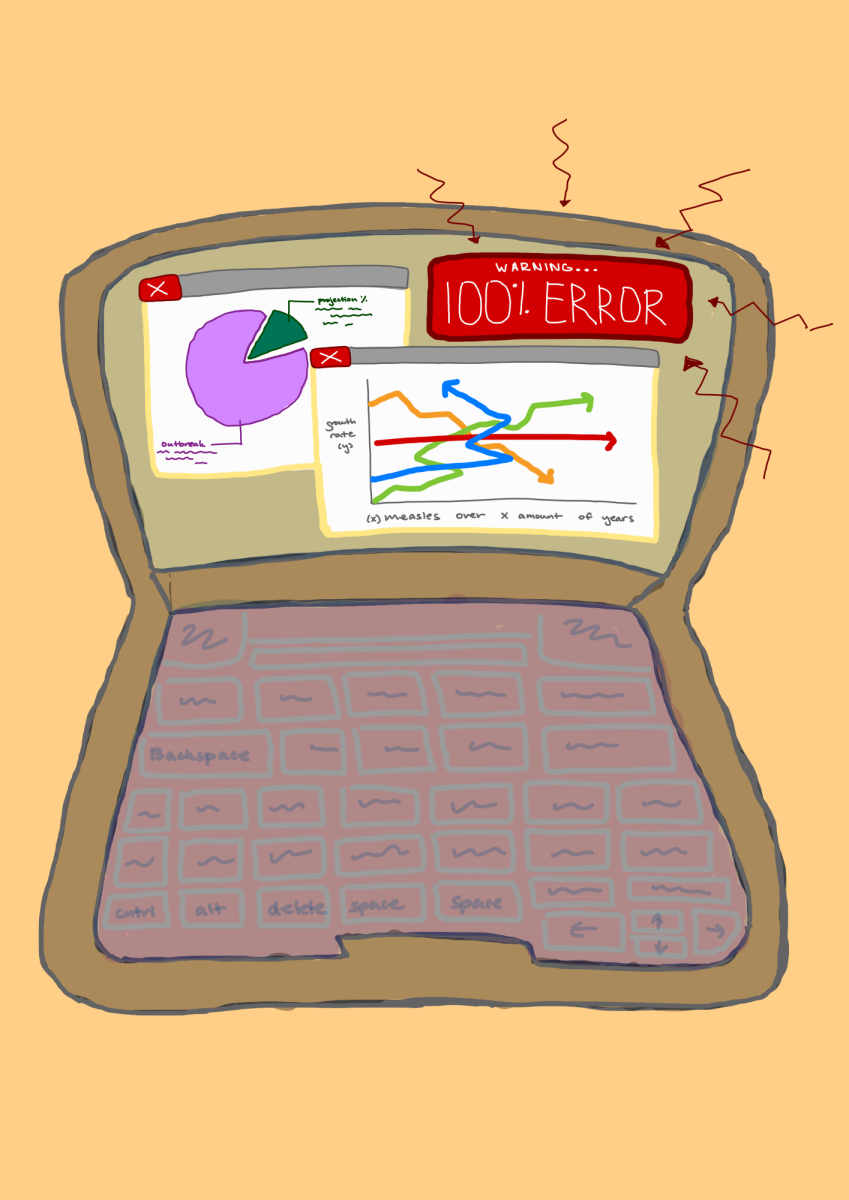A UT professor recently co-wrote a research paper explaining why we experience perceptual biases.
Perceptual biases occur when observations inform how someone makes decisions. Xuexin Wei, an assistant professor in the neuroscience department at UT, helped construct theories about when biases arise and predicted how the environment impacts biases. The theories, described in a paper published on Feb. 15, aim to help people understand their behavior, he said.
“Our perception is biased, although we may not be aware of it,” Wei said. “Perceptions analyze basically every decision we make. We perceive things and then we make a decision. If our perception is biased, that may have fundamental implications in terms of our behavior(al) actions.”
Traditionally, neurologists viewed prior knowledge as the most important factor in determining our biases, Wei said. According to this paper’s theory, however, everyday stimuli are more impactful in shaping our biases. Stimuli, which come from bodily responses to the environment or from the environment itself, cause a behavioral change that our brain encodes, according to University of Florida Health. Stimuli that can affect our biases include color, the amount of time an event was perceived and an object’s orientation, Wei said.
When someone perceives these stimuli, there are often pieces of information missing, so the brain’s neurons send signals across the brain to fill in the missing pieces of information, said Michael Hahn, co-author of the paper. This can lead to inaccurate assumptions, or biases.
“The brain is never perfect in presenting any stimulus,” said Hahn, professor of language computation and cognition at Saarland University in Germany. “That means that it always has to find some way to fill in the missing information and the way it does that oversees the biases.”
Despite their advancements in bias research, Hahn said the professors will continue to further develop their theories.
“We’re going to look at perception of more complicated things, like how people will perceive the entire scene,” Hahn said. “Not just an individual time, but really the world around them, and how there will be biases from the interaction of all different things that we’re seeing.”













